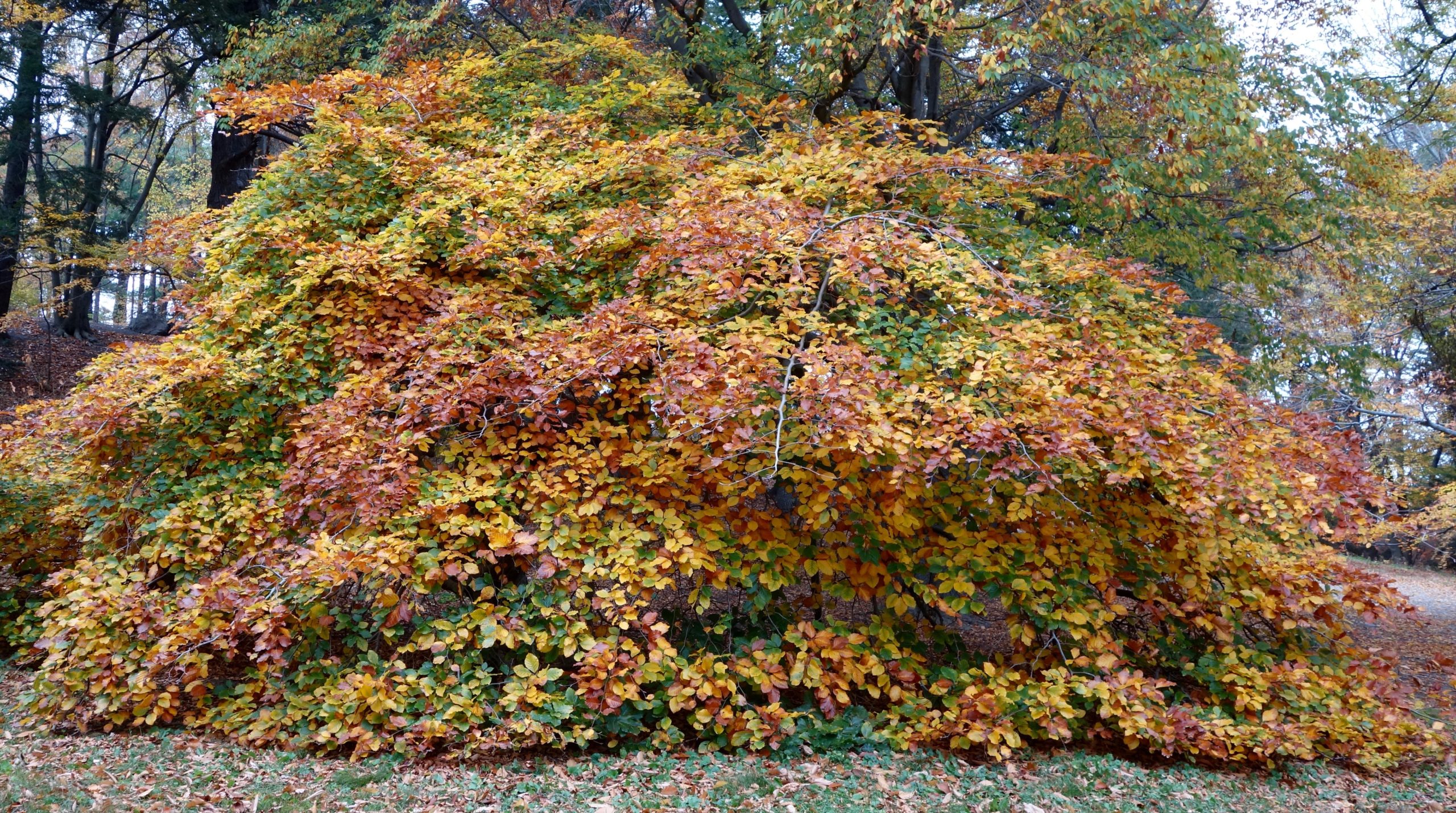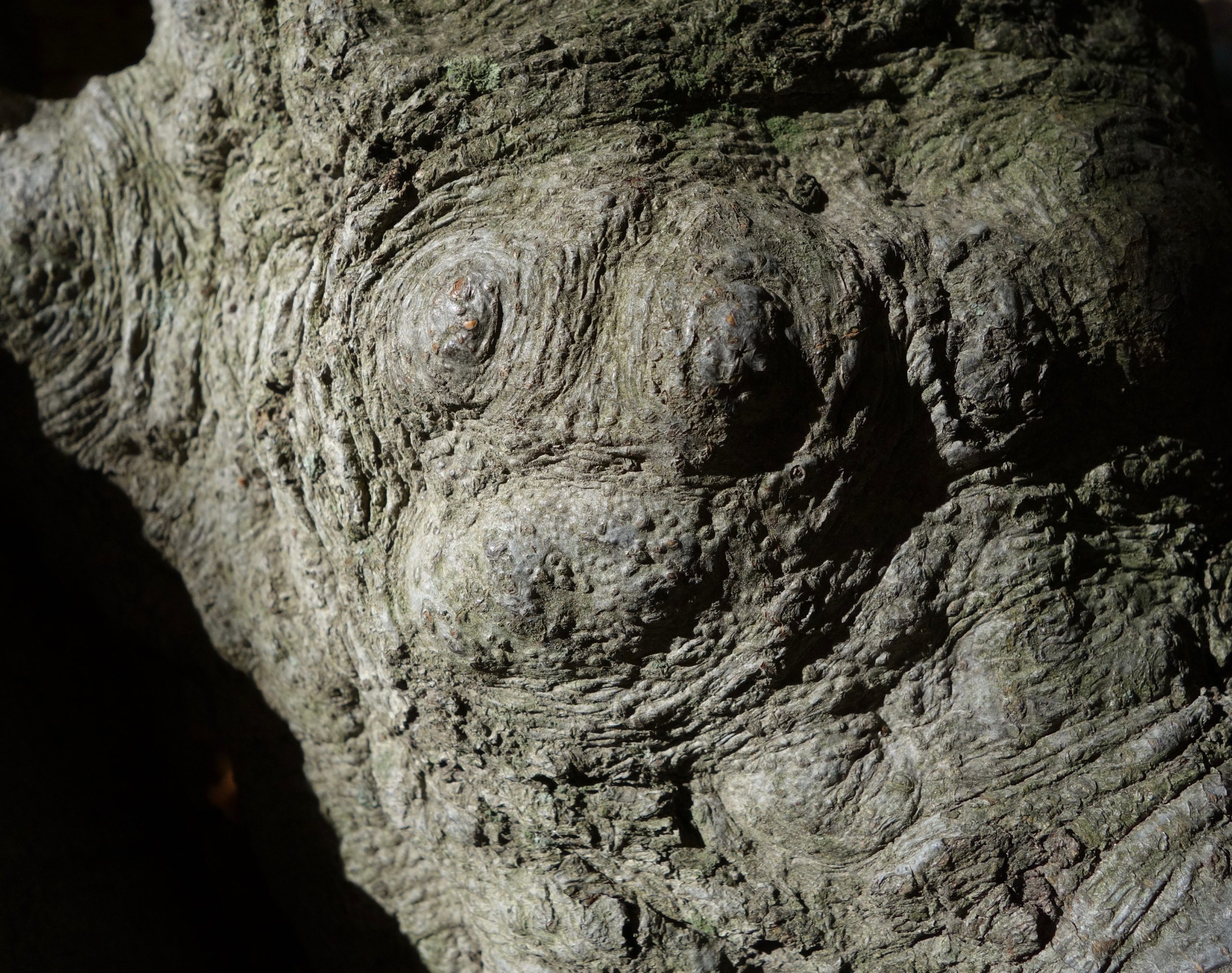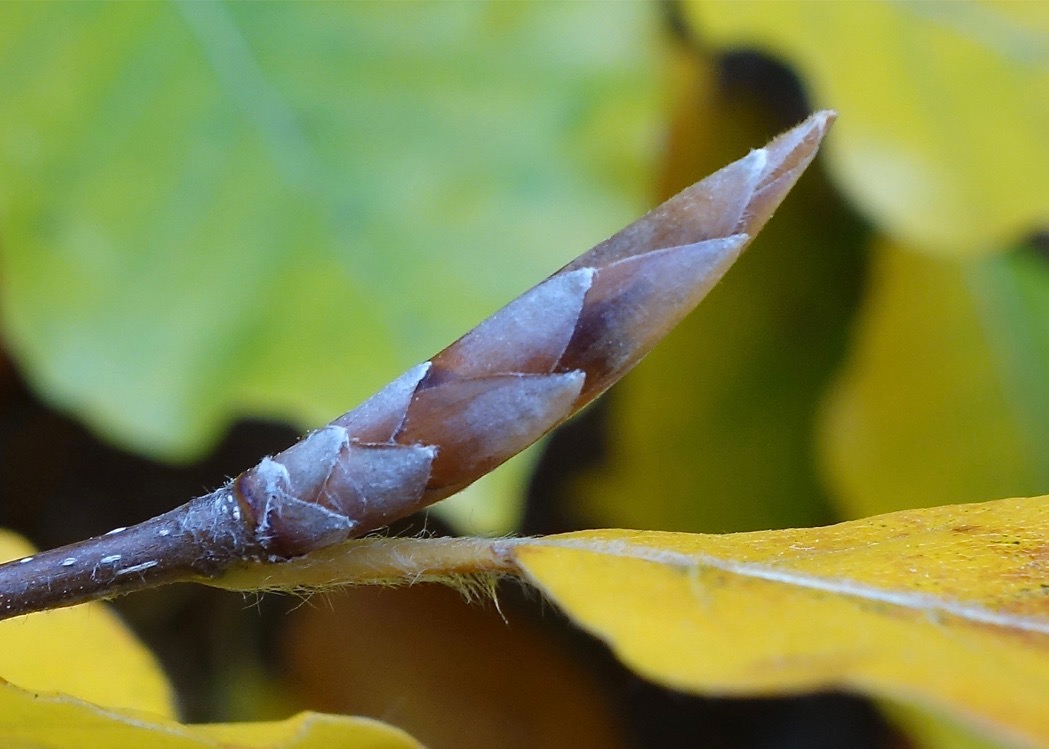
Parasol Beech
Fagus sylvatica 'Tortuosa'
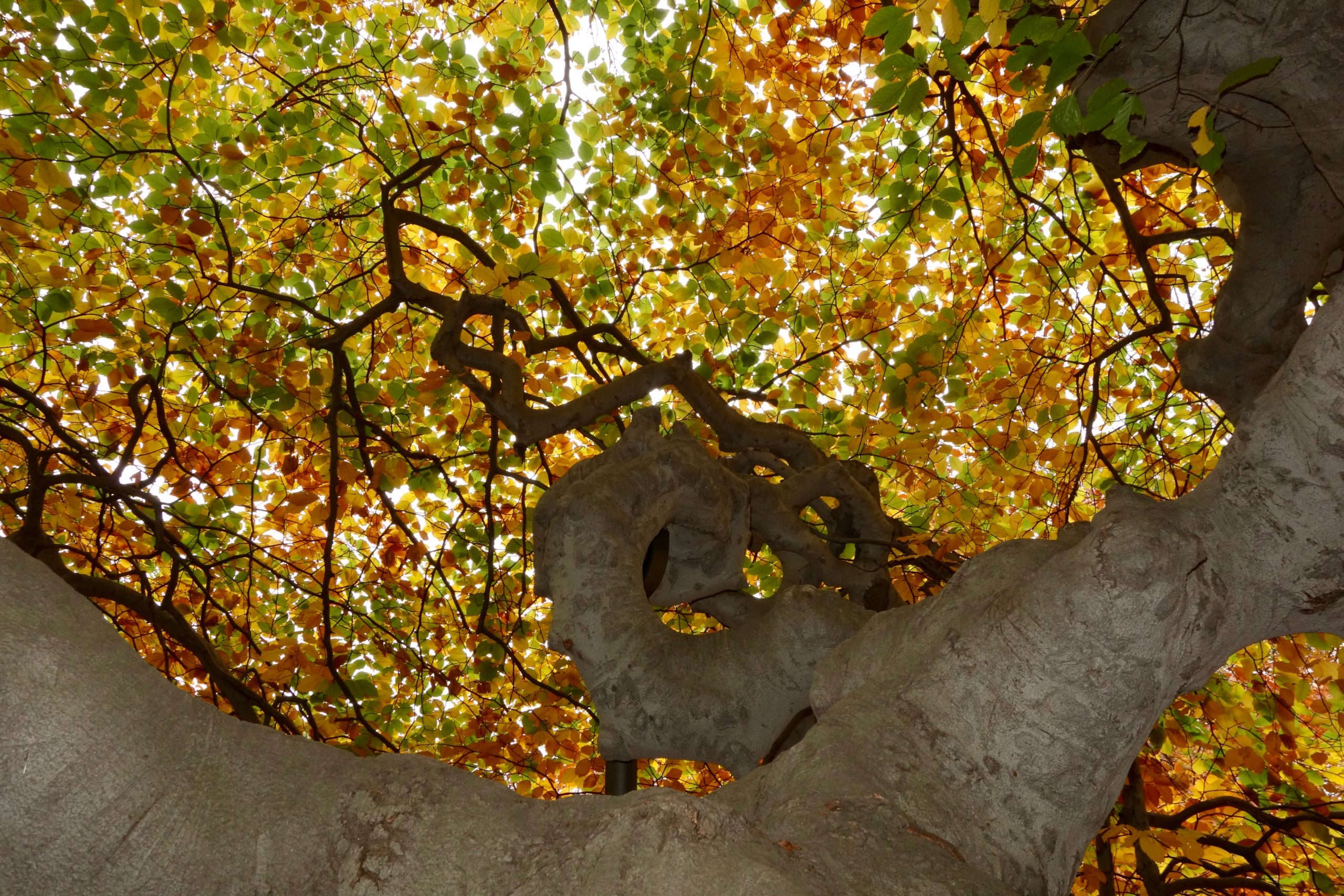
- Accession Number
- The alpha-numeric value assigned to a plant when it is added to the living collection as a way of identifying it.
- Accession Date
- The year the plant’s accession number was assigned.
- Common Name
- The non-scientific name for the plant.
- Scientific Name
- The scientific name describes the species of an organism. The first word is the plant's scientific genus and the second is the specific epithet. This two-word binomial is sometimes followed by other taxonomic descriptors, including subspecies (denoted by "ssp."), variety (denoted by "var."), form (denoted by "f." or "forma"), and cultivar (denoted by single quotation marks).
- Plant Family
- The family to which the plant belongs.
- Propagation Material
- The first part (material code) describes the material used to create the plant. The most common codes are "SD" (seed), "EX" (existing plant), "PT" (plant), "CT" (cutting), "SC" (scion), "SG" (seedling), and "GR" (graft). The second part describes the lineage the plant is derived from. The last part describes the year of propagation.
- Collection Data
- The first part indicates provenance (place or source of origin) using a letter code ("W" = wild, "G" = garden, "Z" = indirect wild, "U" = uncertain). The second part lists the plant source. For wild-collected material, the collector, collection number, and country are given.
- Location
- The location of the plant on the landscape.
FRANCE -
ROYAL BOT. GDNS., KEW,
UNITED KINGDOM
Helixes define the strange growth of the parasol beech, a tree destined never to grow tall.
The beech collection at the Arnold Arboretum is arguably one of the finest in the world and is formally recognized by the Plant Collections Network of the American Public Gardens Association. With more than 100 specimens representing eight species and numerous cultivars from around the Northern Hemisphere, the collection includes something for every lover of beech trees. But, there is nothing quite like a visit to a parasol beech—a twisted form of the European species (Fagus sylvatica)—and specifically to the most graceful of them all, accession 14599*A, right off Beech Path.
Unlike its “normal” brethren, this tree does not ascend to the sky. Its trunk and main leaders create breathtaking spirals, twists, and even loops where the tree has bumped into itself and self-grafted! The outermost branches are pendulous. Altogether, this growth creates a truly hemispherical tree.
In the autumn, standing under this canopy is akin to entering a domed medieval cathedral with magnificent (and ephemeral, in this case) stained glass windows (the leaves) filtering the light. Looking up at the winding, aged branches provides a sense of peace and isolation in a sea of trees in an urban oasis. In winter, the skeletal form becomes vivid with a dusting of snow.
This tree came to the Arboretum in 1888, a gift from Royal Botanic Gardens, Kew, and a descendant of a twisted beech that originally grew in a forest in Remilly, France. Interestingly, the parasol beech can be found growing in several widely dispersed populations in France, Germany, and Sweden. Just imagine a forest of towering European beeches with a scattered magical understory of beautifully twisted mutant forms! These trees have not been bred, but rather are evidence of dame nature’s unending talent for creating mutant novelties or what used to be called “monstrosities.”
Early in the history of the Arnold Arboretum (founded in 1872), the first director, Charles Sprague Sargent, needed to begin the long-term conversion of an old and largely treeless farm into Harvard’s museum of trees. To accomplish this, Sargent arranged for plants to be sent from botanical gardens, arboreta, and major horticultural firms around the world. Over the first twenty years, the Arnold Arboretum received more than 900 accessions from Royal Botanic Gardens, Kew, which was far and away the most prolific source. Sadly, only three other plants from this era of exchange with Kew remain: a bridalwreath spirea (Spiraea prunifolia, accession 3138), a hybrid maximus mockorange, (Philadelphus × maximus, accession 6601), and another parasol beech (accession 2420) that was received in 1885).
No individual tree is immortal. But, at the Arnold Arboretum, every effort is made to ensure the longest and healthiest lives for each of our botanical and horticultural guests. In the wild, parasol beeches can live for more than 300 years. Still, trees age, and a look under the canopy of this beech shows handmade bracing that helps support some of the ever-heavier pendulous shoots. Given that this tree is well into its second century of life on the grounds of the Arnold Arboretum, we have already begun to plan for a semblance of immortality. Over the past few decades, four new clones of this very tree (with more on the way) can now be found scattered on the grounds (accessions 405-80*A, 262-212*A, 253-80*A, 253-80*B), much smaller, but with all of the potential to match their peerless parent, a century from now.
France
Viewing this plant in-person? Look for these defining characteristics:
About Our Collection
Fun Facts
Stats
- Living Specimens
- Specimens Dead or Removed
- First Addition
- Most Recent Addition
- Tallest Specimen

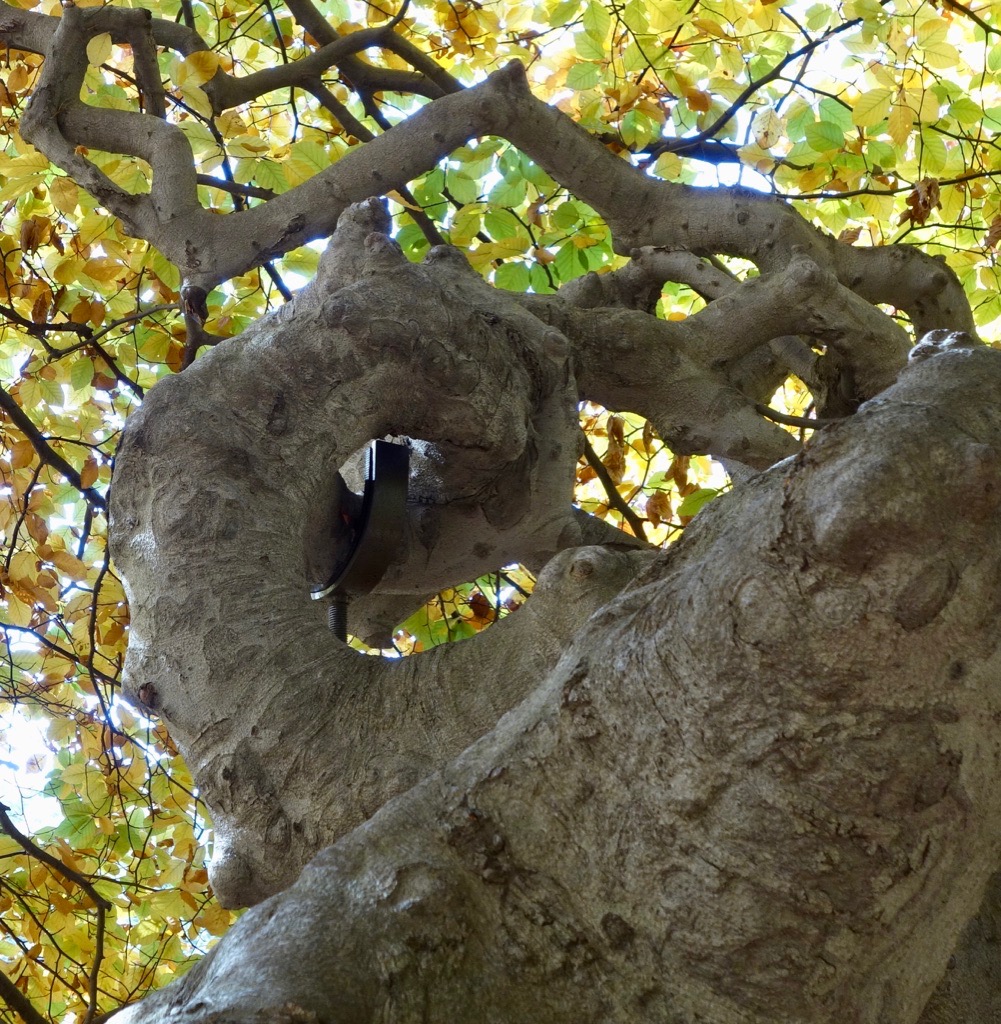

Living Specimens
| Plant ID | Accession Date | Received As | Origin | Source |
|---|---|---|---|---|
